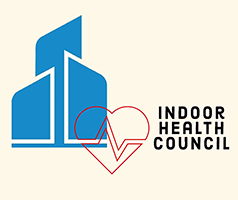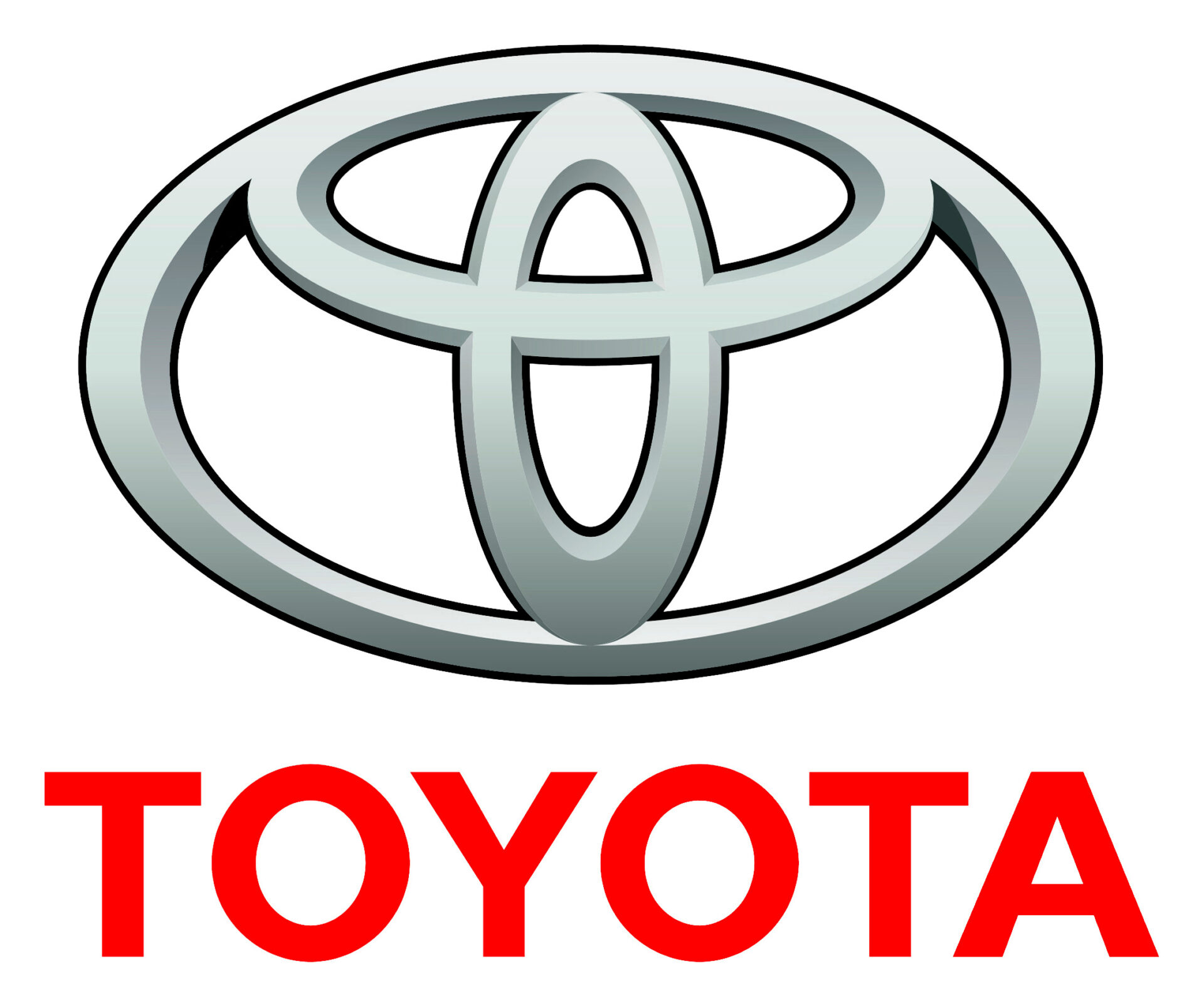ICM – Part Two – Basics of measurement
By R.W. Powitz
When we begin to consider measuring anything, we need to determine several basic issues including:
Why we are measuring? What are we measuring? How do we eliminate bias when we measure? And, what will we do with the measurements once we have them?
Why we measure
We start by defining the problem. Namely, what do we hope to accomplish by measuring? Quite simply, we measure to make comparisons. A good measurement strategy helps us make an informed judgment in choosing the better of two alternatives. For example, we can use measurements to compare the performance of one cleaning chemical to another; measurements can contrast cleaning methods such as wet-mopping to touch-less cleaning or measure the effectiveness of using microfiber versus cotton cloths. The possibilities are endless.
Keep in mind, when we use measurements for comparative analysis, we need to clearly establish a single objective. We cannot compare apples to oranges. For instance, no measuring tool can compare biological cleanliness to slip resistance or appearance (aesthetic cleanliness). The biological cleanliness outcome of one system or product can only be compared to the biological cleanliness outcome of another. Slip resistance of one can only be compared to slip resistance of another, and so on.
For more information, visit www.sanitarian.com




